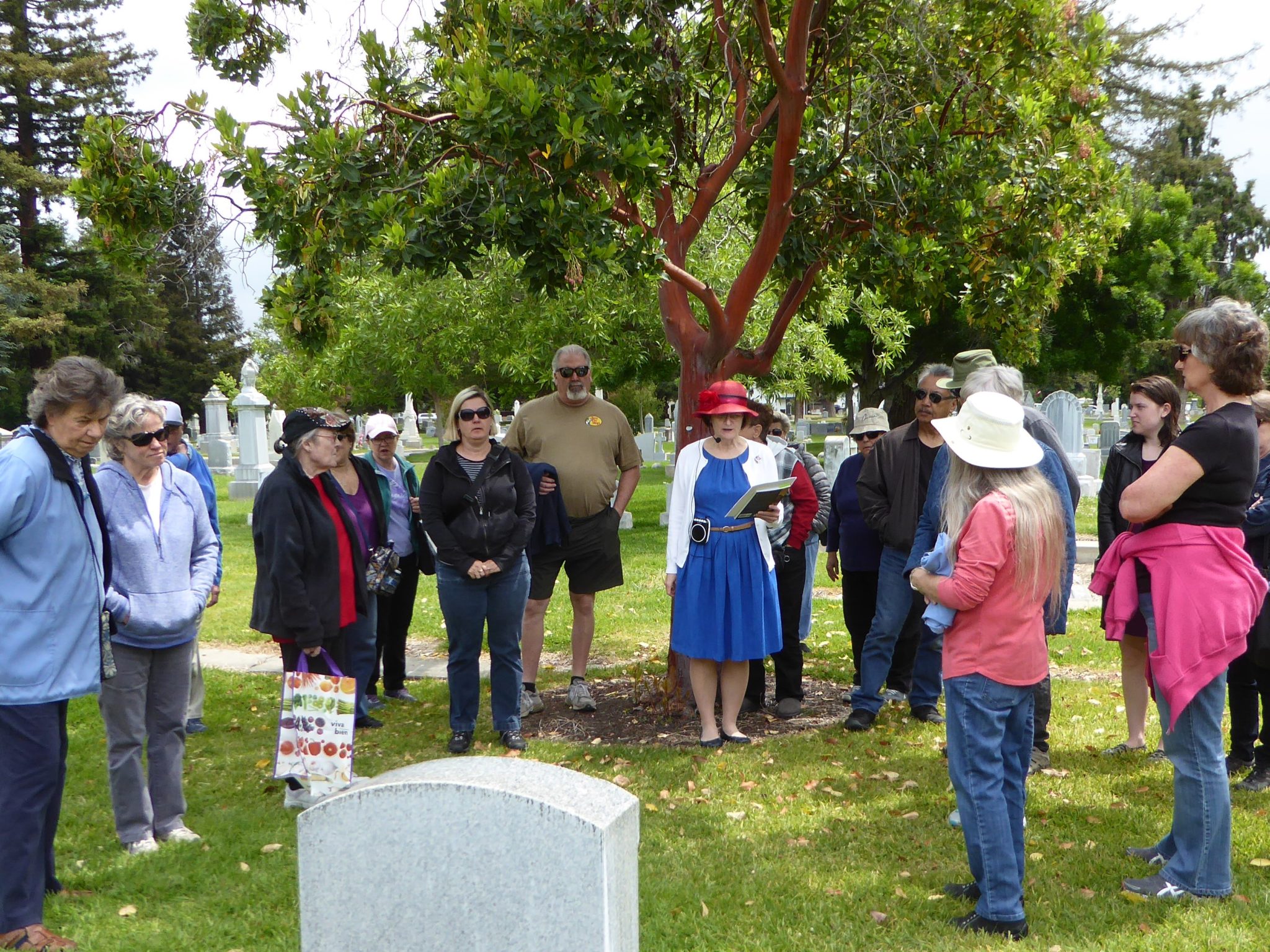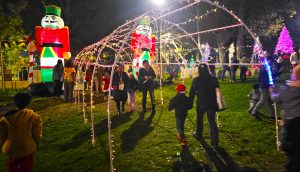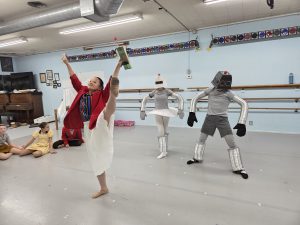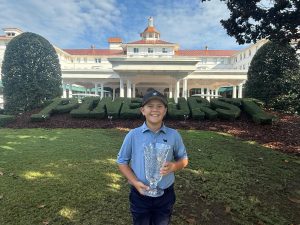Santa Clara Local History/Genealogy Librarian Mary Boyle and Cemetery Operations Manager Phil Orr brought the dead to life at high noon on May 24 at Mission City Memorial Park, 420 N. Winchester Blvd. They led about 30 genealogy buffs on a tour of almost 30 burial sites at the over century-and-a-half-year-old Santa Clara cemetery.
“Cemeteries are more than simply a final resting place; they are places of historical significance that help document the past and the lives of the people who shaped it,” said Boyle.
Santa Clara bought “the graveyard” in 1850-51. An indoor mausoleum was built in 1938 using federal Works Project Administration and City funds. A privately-donated vault containing 1,000 burial urns dates from 1914.
After several name changes, the graveyard became established as Mission City Memorial Park (MCMP) in 1972. Its mature olive trees, redwoods, cypresses and pepper trees—one perhaps 100 years old—are a draw for neighborhood walkers.
Each Memorial Day, flags wave at the veterans’ burial section. A section with the graves of children who died young is poignantly marked by stuffed toys and colorful birthday balloons, piñatas and pinwheels.
Although the cemetery is for all faiths and has an interdenominational chapel, many older graves are of Methodists, who once had a large Methodist Episcopal church in Santa Clara. Austin L. Kellogg (1831-1917) was a Methodist minister from New York who became a superintendent of the Santa Clara Public School.
One hundred grave sites were purchased by St. Nicholas Greek Orthodox Church, San Jose. Catholics—some originally from Portugal—are buried across the street at the Jesuit-run Santa Clara Mission Cemetery, 490 Lincoln St.
Following the popularity of Boyle’s 2017 tour, the second tour focused further on the graves of men who created Santa Clara’s city government, businesses and agriculture.
“Most came to find gold and stayed to build a city,” said Boyle, at the grave of John Bollinger (1828-1913). Bollinger Road is named for his family.
Boyle pointed out the graves of two notable women. Ora Lee Hirsch Merritt (1895-1984) was one of the few women military enlistees during WWI who didn’t serve as a nurse. She was a yeoman with U.S. Naval Intelligence in San Francisco.
Margaret Helm Jenkins (1903-1996) set the women’s U.S. record for the javelin throw in the 1928 Olympics. Her story recently appeared in the San Jose State Alumni magazine.
A 1906 earthquake marker memorializes 41 earthquake victims from what was then called Agnews Insane Asylum, where buildings crumbled, making it the most heavily damaged local structure.
“There’s room for more!” said Orr when asked the size of the cemetery, which encompasses 30 acres. Without further development, there is room for 1,200 more interments, which average 150 a year.
For a self-guided tour, visit www.santaclaraca.gov/government/departments/parks-recreation/cemeteries and download a brochure listing notable grave sites. The Santa Clara County Historical and Genealogical Society (www.scchgs.org) maintains an online index of those buried in the cemetery from 1864 to 1997.
“Cemeteries of Santa Clara” by Bea Lichtenstein is available from the society. Also, it can be borrowed or purchased at Central Park library upstairs in the genealogy section, where Boyle is happy to share her tour notes.
“I have an appreciation for history and the people who came before us,” said San Jose resident Madeline Damiano on the tour. “We should respect the past.”
On previous visits, Santa Claran Donna West discovered that she had two cousins from Pennsylvania who were buried in the cemetery.
“I’m avid about family history,” said West, who is active in a movement to restore the old downtown Santa Clara.












Im looking for the Mead & Rice family grave sites. Related to Albert Delos
Rice & Julia Mehitable Mead, of San Jose & Sanita Monten.
Lyle Schwartz